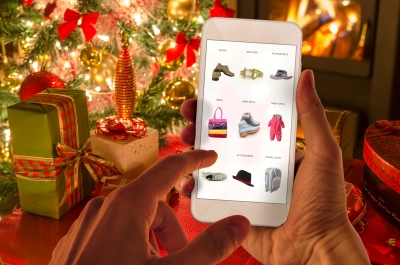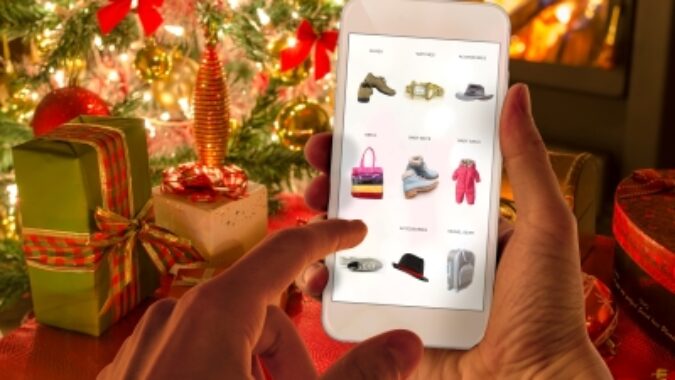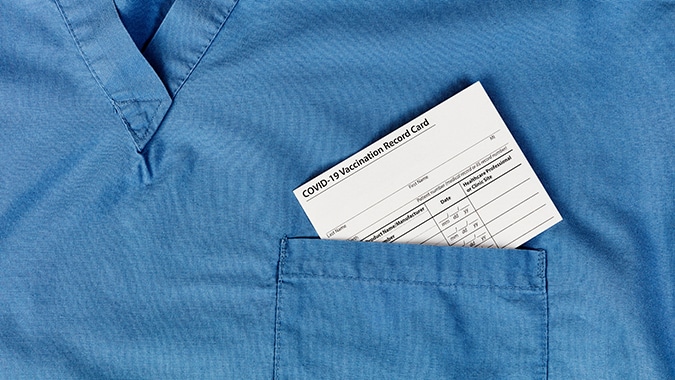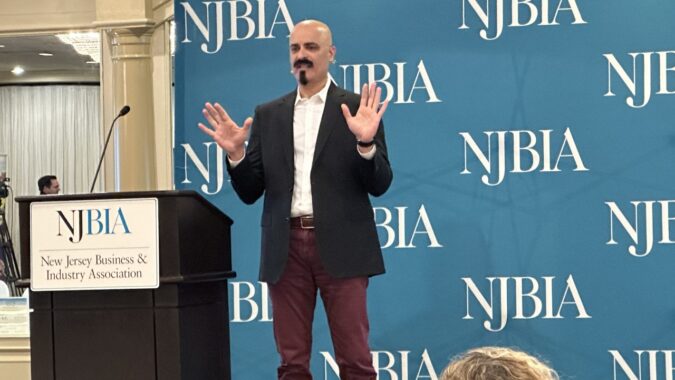 Online spending on Black Friday increased 21.6% to hit a new record as consumers rang up $9 billion worth of purchases on the web the day after Thanksgiving, according to CNBC.
Online spending on Black Friday increased 21.6% to hit a new record as consumers rang up $9 billion worth of purchases on the web the day after Thanksgiving, according to CNBC.
That makes Black Friday 2020 the second-largest online spending day in history in the United States, behind Cyber Monday last year, the news report said, citing data from Adobe Analytics.
Cyber Monday today is expected to become the largest digital sales day ever, with spending reaching between $10.8 billion and $12.7 billion, which would represent growth of 15% to 35% from a year earlier.
Meanwhile, traffic at brick-and-mortar stores fell by 52.1% on Black Friday compared to last year as more customers skipped the malls to do their holiday shopping online, according to preliminary data from Sensormatic Solutions.
“Shoppers are spreading out their shopping throughout the holiday season because of concerns about social distancing and the pandemic,” said Brian Field, senior director of global retail consulting at Sensormatic Solutions.
“We knew Black Friday [traffic] was going to be down, we just didn’t know how much it was going to be down,” Field told CNBC.
Due to the COVID-19 pandemic, many retailers had placed their top holiday doorbuster deals online and encouraged shoppers to buy on the web for curbside pickup. The Centers for Disease Control and Prevention also recommended that Americans shop online the day after Thanksgiving.
But purchasing goods online carries a greater level of uncertainty for consumers than shopping in physical stores, which firms predict will result in an influx of unwanted goods.
Salesforce projects some $280 billion worth of returns this holiday season, which experts have said is largely due to consumers' inability to test out products, ask associates for help and browse products in the same way they can when shopping in-store, according to Retail Dive.
Buying certain categories online, such as apparel, may be more difficult than others because consumers cannot try on pieces prior to purchasing. Sixty-two percent of consumers in a Narvar study reported bracketing this year — buying multiple versions of the same item — which represents a 50% year-over-year increase.




